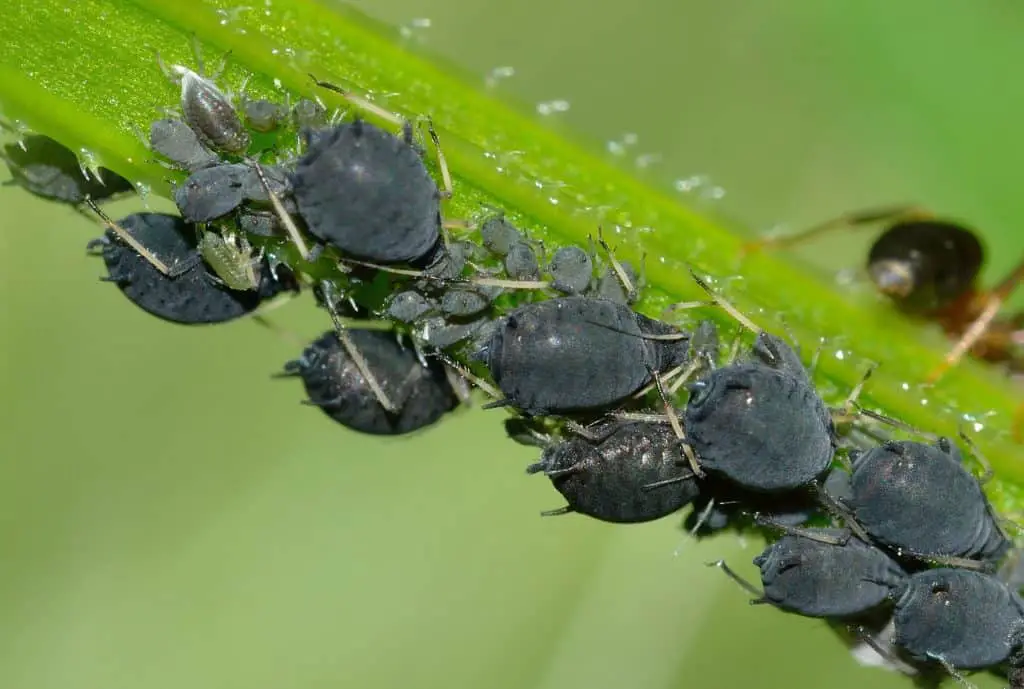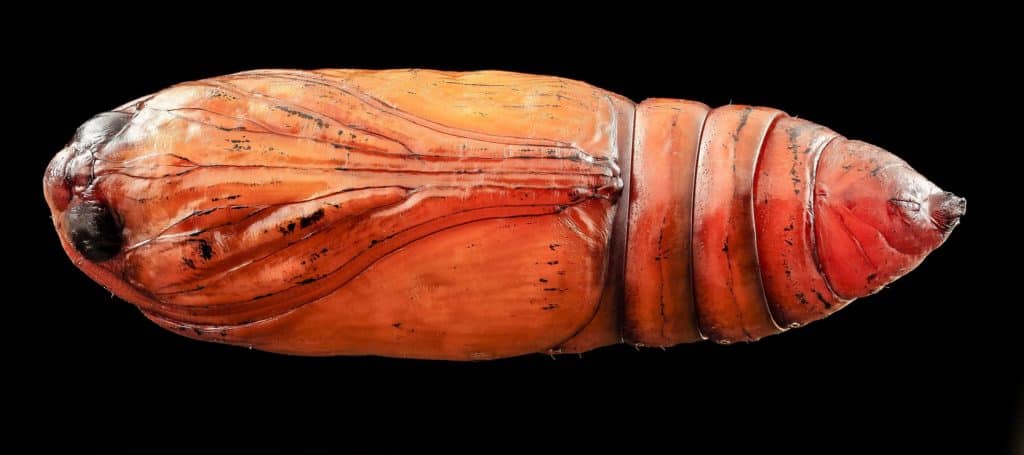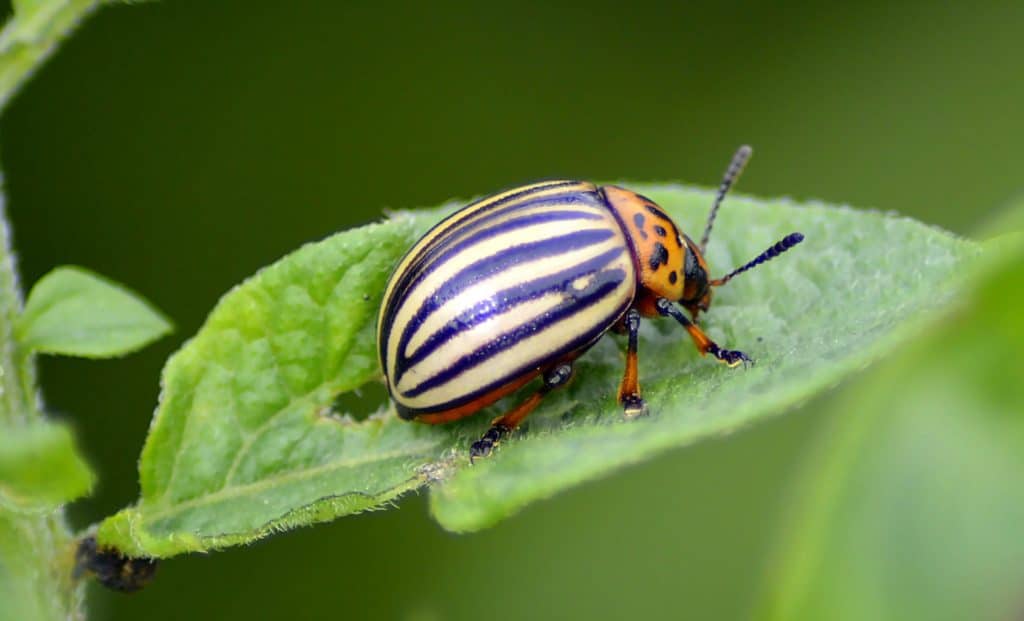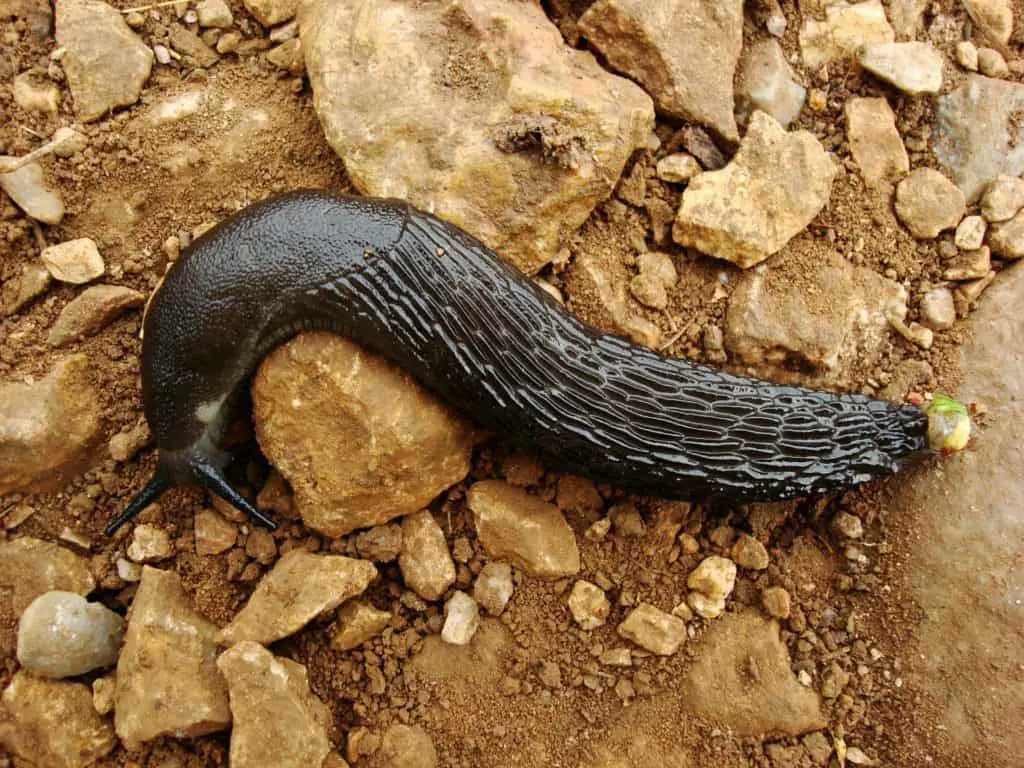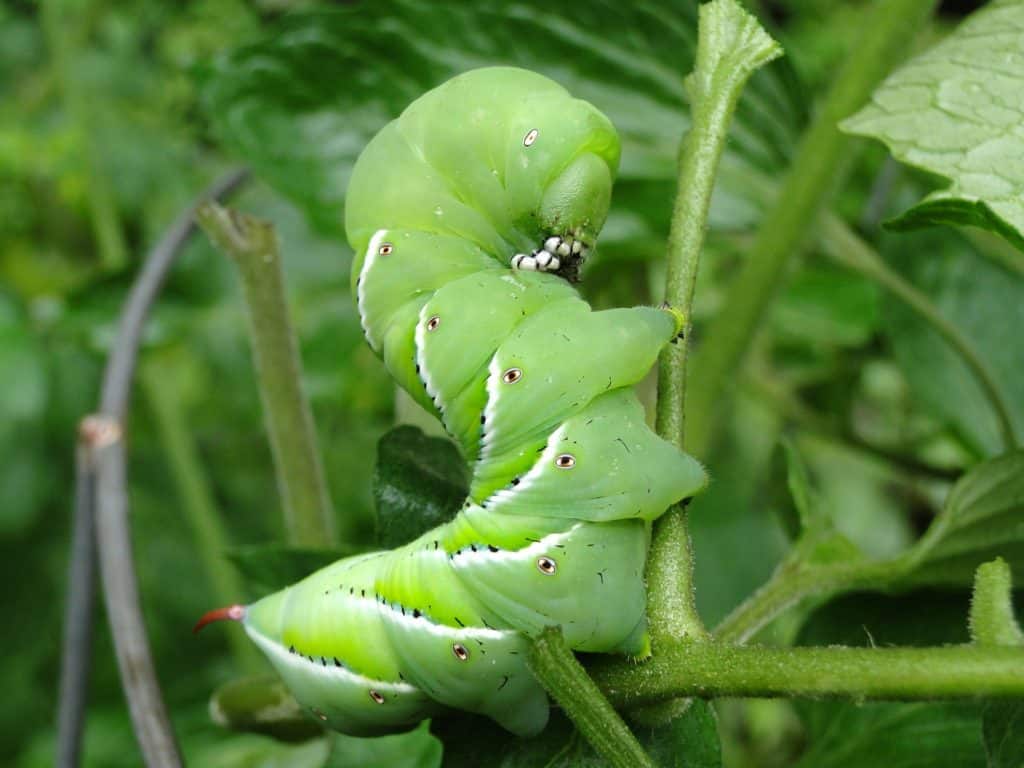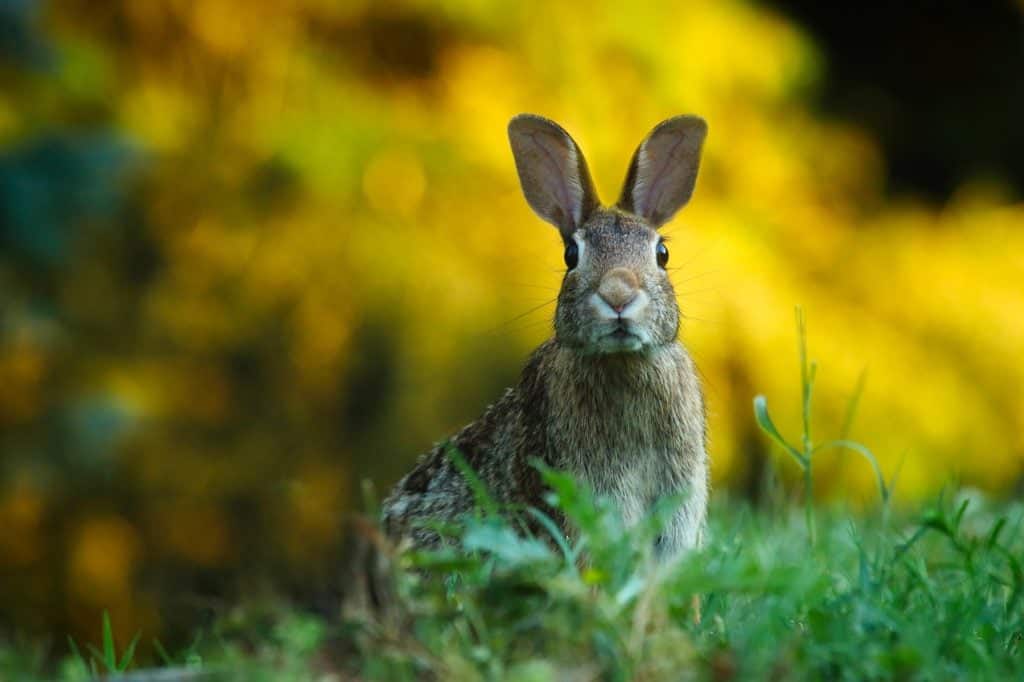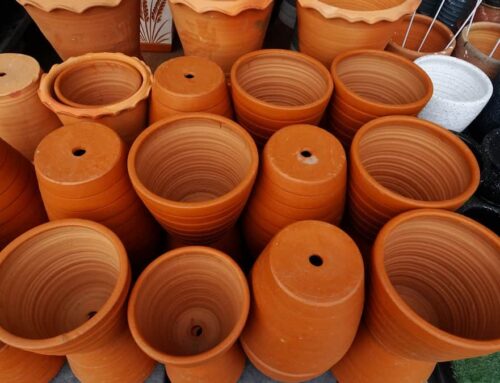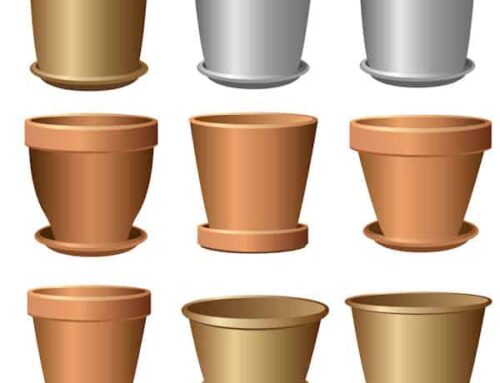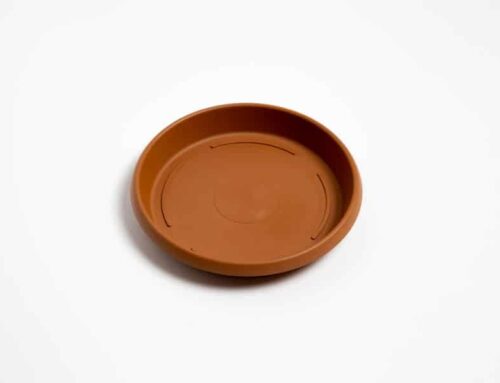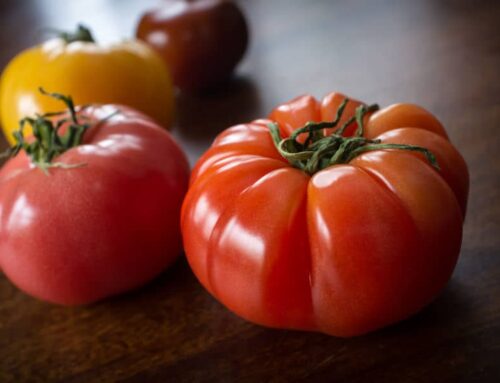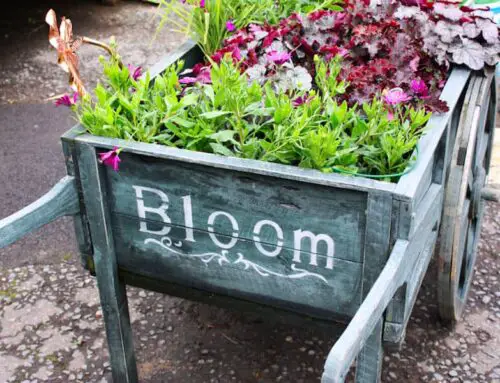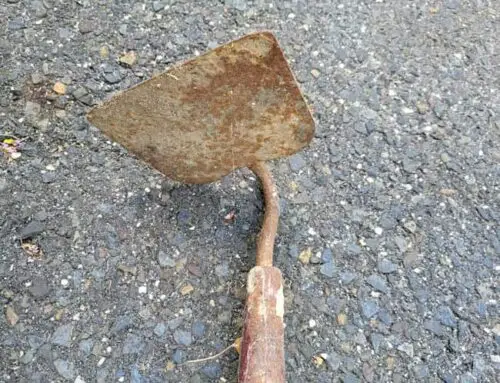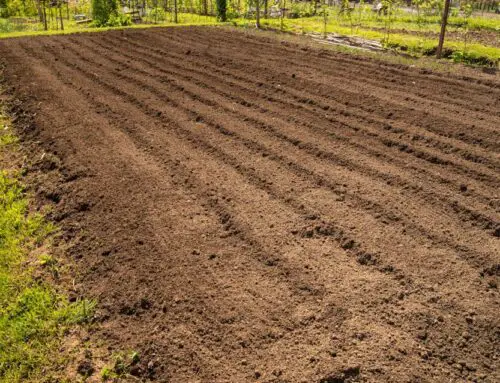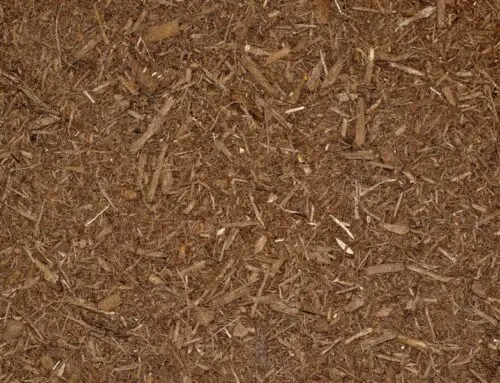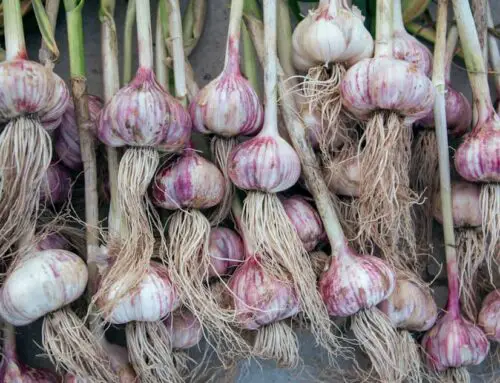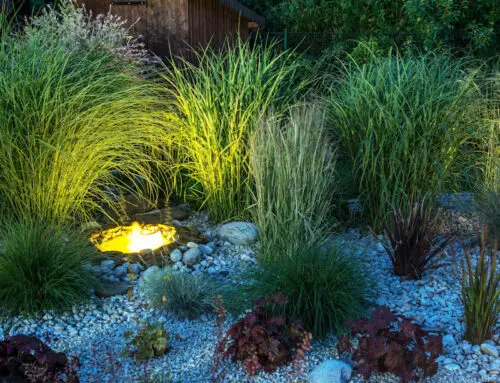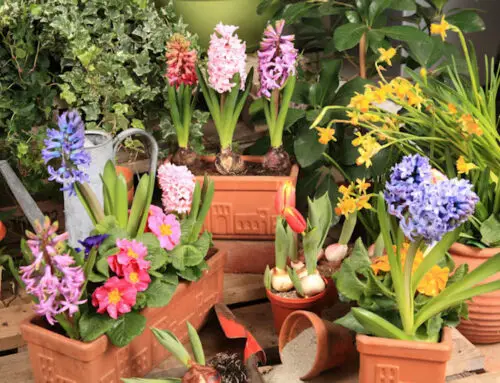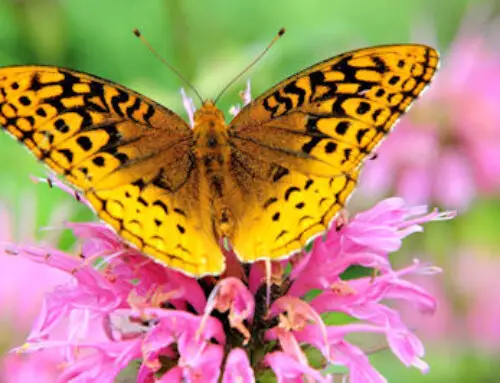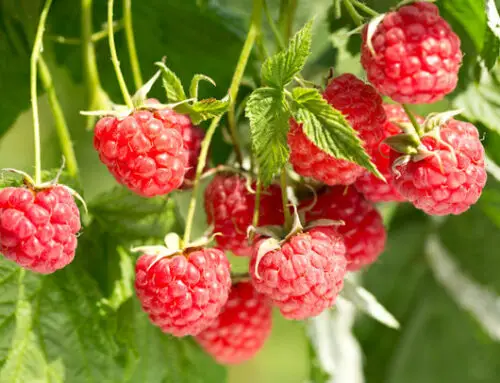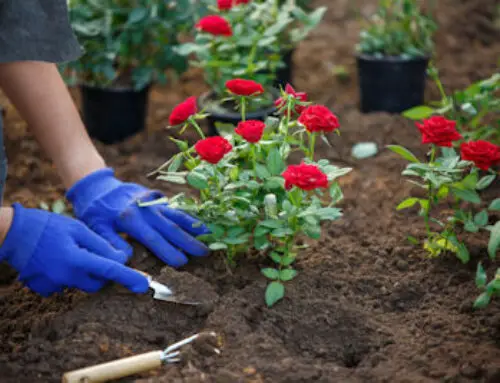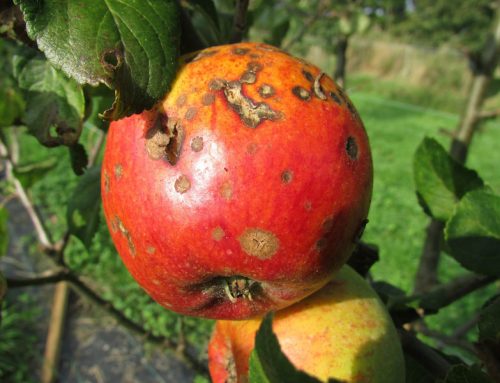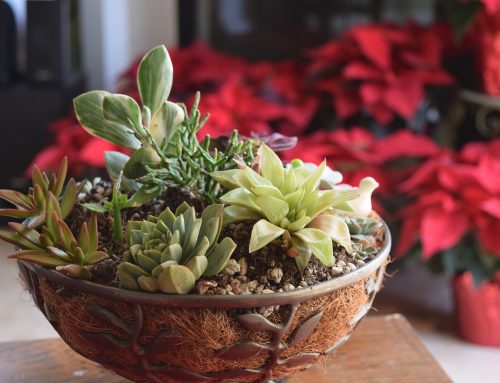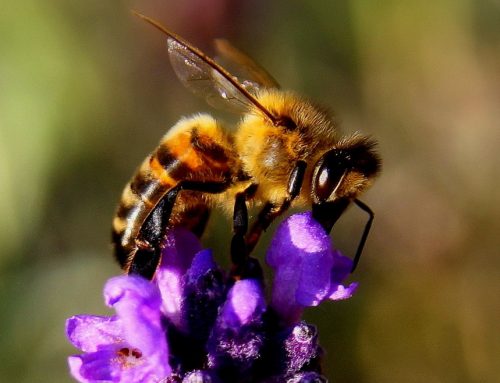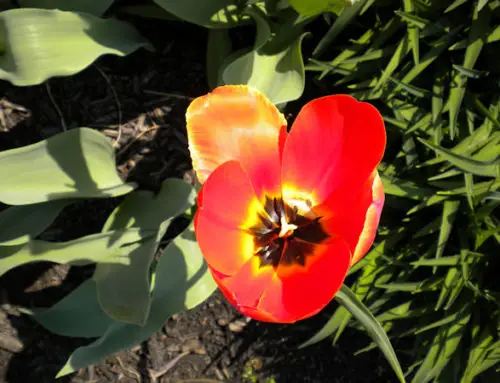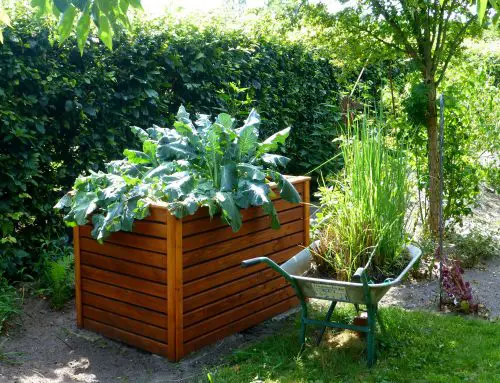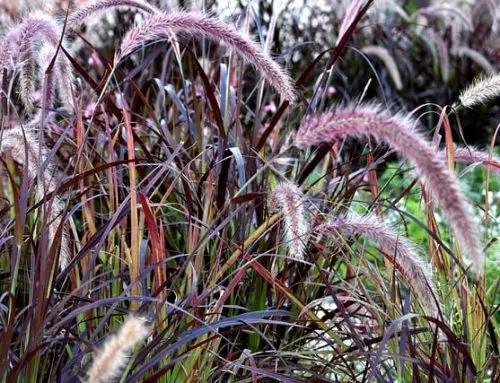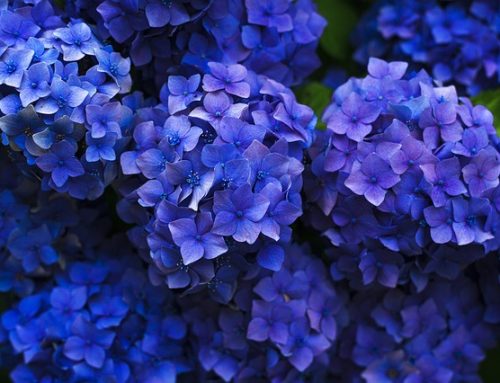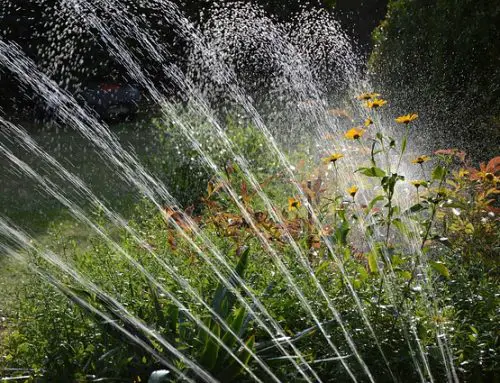Common Garden Bugs and How to Get Rid of Them
Garden pests and plant diseases can wreak havoc on flowers and plants creating an incredible amount of damage. While there is a time and place for the appearance of small, crawly creatures in our lives – bees that help pollinate flowers, spiders that help eat mosquitoes – more often than not, their presence does more harm than good. This is especially true when their main food source is the very plants we are growing for our own diets.
Garden pests vary depending on the location/climate and the plants being grown. Some garden bugs aren’t picky and will attack indiscriminately; other pests are species specific and only damage certain plants. Some of the most widespread and common garden pests are described below.
Top Ten Garden Pests
-
Aphids
Aphids are one of the most common garden pests, affecting most fruits and vegetables, ornamental plants and shade trees throughout North America. The minuscule pear-shaped insects attach themselves to the plant, sucking sap through two tubes projecting rearward from their abdomen. This causes distorted foliage and leaf drop if left untreated. Excretions left behind on plants support sooty mold growth while the feeding itself can spread viral diseases. Hot pepper or garlic sprays can be used as preventative methods. Treatment options include washing infested plants with a heavy spray of water, encouraging predatory/parasitic insects such as aphid midges, lacewings and lady beetles. In cases of severe infestation it is necessary to apply insecticidal soap, neem, or horticultural oil to affected plants.
-
Cabbage Worms
These velvety green worms do a great amount of damage to cabbage and other brassica-family species when allowed to gain a foothold in plants. Imported to Canada from Europe in the 1800’s the cabbage worm is extremely destructive, especially late in the season when populations are allowed to proliferate. As larvae, cabbage worms will feed on surface leaves creating translucent tissue-like scars. Adult worms chew large holes in the outermost leaves of plants and will continue feeding towards the center of the plant, ultimately boring holes in the cabbage heads. Control of cabbage worm follows many of the same protocol of other garden type worms. This means treatment for armyworm, cutworm, etc. will also treat cabbage worms. Encouraging predatory enemies is a great line of defense: spiders, yellow jackets, beetles, green lacewings, wasps and birds. Chickens will also peck the adult worms from plants, but care needs to be taken since chickens will eat other garden plants too if they are accessible. Spinosad is a natural insecticide made from the fermentation of soil borne organisms and is effective in cabbage worm control.
-
Corn Earworm
One of the most destructive pests to attack garden corn plants is the corn earworm. It will also bore into other fruiting vegetables and feed on lettuce if in need of a food source. One single worm can do extensive damage to a garden, thus making it important to treat plants as soon as corn earworms are seen. Damage is typically confined to the tip of the ear; worms devour kernels and then foul the ear with excrement. An integrative pest management (IPM) system is the most effective method of controlling corn earworm. Before the garden soil is allowed to over winter, remove as many pupae as possible or broadcast beneficial nematodes into the soil bed to reduce the population before spring planting. In the spring set out pheromone traps to catch moths before they can lay eggs. During the growing season keep a vigilant eye out for infestation. You should regularly inspect corn silk for eggs and/or larvae. If found apply mineral oil where the silk enters the ear to suffocate larvae or apply a natural insecticide such as Spinosad.
-
Cutworm
Cutworms are fat, dark colored, segmented larvae that grow to be about an inch in length. They are not picky about what they eat and can be found infecting most early vegetable seedlings and transplants across North America. Cutworms create devastation by chewing through plants at the ground level (hence, “cutting” the stem) and have the ability to consume small plants in their entirety early in the season. They feed at night when the temperatures are cooler, burrowing into the soil during the day. Pesticide use against cutworms is mostly ineffective leaving preventative measures as the primary line of defense. After fall harvest, allow the soil to sit uncovered to give birds and other predatory animals a chance to pick off exposed larvae and pupae. Wait as long as possible in the spring to plant and place protective collars around the base of plants to keep cutworms from accessing stems. For extra control spread a line of diatomaceous earth around plants to deter larvae.
-
Potato Beetle
One of the most difficult pests to control in a garden is the potato beetle. It is well known for developing resistance to insecticides. Often called “potato bugs”, the potato beetle feeds on plant leaves. An entire plant can be defoliated quickly if an infestation is left untreated. Tomatoes, peppers and eggplants can act as alternative hosts too. Controlling potato bugs follows many of the same methods as other insect pests: planting resistant varieties, encouraging beneficial insects such as lacewings and ladybugs, sprinkling diatomaceous earth around the base of plants, and spraying with Spinosad if an effective bio-pesticide is needed.
-
Slugs
Dark, damp spaces with ample green and decomposing plant material are prime locations for garden slugs. As the garden canopy closes and the soil becomes shaded it’s important to keep an eye out for these destructive pests. They are mainly active at night and feed on both living plants and decaying plant matter. Slugs eat large holes in foliage, attacking most all garden vegetables and fruits. Young, tender, low-lying plants are at a higher risk for extensive damage. The most productive method of control is hand picking slugs from the soil and plants about two hours after sunset. Diatomaceous earth or boric acid granules can be spread around the base of plants as a preventative to keep slugs from crossing the barrier. If the infestation is severe, trapping may be a more convenient solution; an easy trapping method is sinking shallow pans of stale beer into the ground – the yeast acts as an attractant, and the slugs fall into the liquid and drown.
-
Spider Mites
These tiny sucking garden pests are found on the undersides of leaves, wreaking havoc on indoor and outdoor garden plants alike. They feed on plant fluids by piercing leaf tissue and leaving behind pale dots on the leaves. As fluids are sucked from the tissue, leaves turn yellow and may desiccate, dropping off the plant. One of the biggest challenges with spider mites is their prolific nature; often times a heavy infestation will occur, unnoticed, before plants begin to show physical symptoms of damage. Chemical pesticides are ineffective at controlling spider mites. Their application eradicates beneficial insects that feed on the mites making it important to skip synthetic options and control them with natural and organic methods. The best methods of control include introducing/encouraging predatory insects such as ladybugs, lacewings and other predatory mites or spot treat heavily affected areas with neem, insecticidal soap, or botanic insecticides. Severe infestation requires pruning of the affected areas or even pulling and discarding the entire plant to prevent spreading to neighboring plants.
-
Thrips
Thrips are tiny, slender insects with fringed wings that feed on the sap of garden plants. Damaged plant leaves may turn pale, become splotchy, progressing to a silvery color, and then die. More dangerous than damaged tissue though is the plant viruses often spread when the thrips feed. Controlling thrips is the best management strategy versus trying to get rid of them altogether. Spraying insecticides on plants will kill not only the harmful thrips but also beneficial insects. Sticky traps – in yellow or blue – and pruning infected plant tissues are good options for mechanical control; diatomaceous earth can be applied to the underside of leaves if necessary.
-
Tomato Hornworm
One of the most common tomato garden pests, tomato hornworms are found in gardens all throughout the United States. These pesky green caterpillars can devastate an entire tomato crop in record time. Their light green color provides fantastic camouflage, making them difficult to spot on foliage. Tomato hornworms can grow up to 5” long and feed voraciously, eating through plant leaves and fruit rapidly. Removing pests by hand is the most effective method for control. The tomato hornworm caterpillars are not dangerous and do not sting/bite. Ladybugs and green lacewings make great natural predators by feeding on the young caterpillar larvae. Applying insecticides is usually not necessary; however, spinosad and insecticidal soaps are good options if needed as a last resort.
-
Animals
Insects aren’t the only living enemies of garden plants. Animals such as raccoons, rabbits, deer and birds are notorious for sneaking in and scavenging fruits and veggies just before harvest. Putting up fencing around the perimeter of the garden is a good deterrent for keeping animals out. Keep in mind that fencing may need to be placed down into the soil to prevent animals from burrowing under the barrier. Some of the best animal repellents are essential oils, urine of known predators, and other offensive odors. It is also possible to scare away animals by startling them with motion activated sprinklers, flash tape, or brightly colored balloons.
Many of the common garden pests share pest management methods. For the best control of pests it is key to encourage beneficial insect species in the garden: ladybugs, lacewings, spiders, beetles, and wasps. To keep the infestation from spreading to other plants, removing the pests by hand is a great initial strategy. If the attack is too widespread, remove infected plant parts, sprinkle diatomaceous earth around the base of plants, and/or apply Spinosad, a bio-pesticide that protects many of the beneficial insects.


